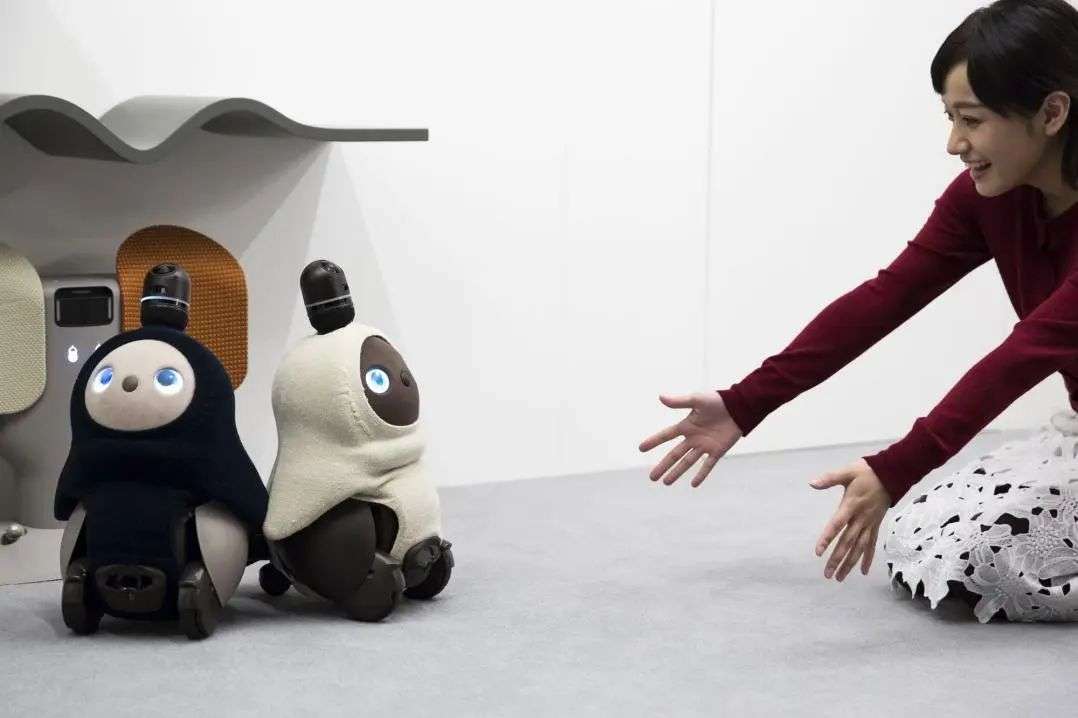- Financial News Flash
- January 16, 2025
Young People Can't Live Without AI
Advertisements
The Consumer Electronics Show (CES), a vibrant hub of technology and innovation, recently concluded yet the echoes of AI advancements showcased there continue to resonate in society. This event, celebrated globally, was particularly significant for the younger generation as it introduced various AI applications that are becoming increasingly integrated into daily life.
One noteworthy highlight from the CES was the unveiling of Realbotix's chatbot girlfriend, Aria. Unlike conventional robots, Aria presents herself as an AI companion capable of providing emotional support. This innovative creation caught the attention of Mu Mu (a pseudonym), a single individual who after observing the developments, pondered the possibilities of a future where AI companionship could replace traditional relationships. Aria's features, such as interchangeable faces and articulate limbs that express emotion, paired with an AI system capable of engaging in human-like conversations, make her an appealing option for those who find themselves feeling lonely.
For many young people today, the growing presence of AI in their lives reflects a deeper desire for connection and understanding, almost akin to love. The year 2024 has seen a significant infusion of AI into the lives of young individuals, from AI pets that offer companionship to AI-driven tools that assist with academic and creative projects. This evolution indicates a clear emotional reliance on these technologies, reflecting a cultural shift towards accepting AI as part of everyday human experience.
The yearning for love, understanding, and companionship can often be found in stories told through film. Take, for instance, the 2015 movie "Her," which explored the intricate relationship between a man and an AI operating system, Samantha. Theodore, the protagonist, grapples with loneliness amidst a failing marriage, only to discover a profound connection with Samantha. The film was not just a sci-fi fantasy; it illuminated the underlying human desire for deep emotional bonds, even if they manifest with artificial entities. As AI technology advances, it echoes themes found in art and literature, capturing the complexities of human emotion.
Mu Mu's interest in AI companionship, while futuristic and somewhat unconventional, is a reflection of a broader trend among youth who are increasingly embracing these technologies. For many, loneliness has become a prevalent issue. With busy lives often leading to social isolation, seeking solace through AI companions feels less like a stretch and more like a necessity. It’s a bittersweet acknowledgment of the disconnect many individuals feel in a rapidly advancing world.
Beyond the companionship aspect, AI has made significant inroads into the professional realm. Cole (a pseudonym) works as a video production creator and is acutely aware of how AI affects his field. The advent of generative AI models has spurred debates around the workplace dynamics, stirring both excitement and apprehension. Many video creators, like Cole, initially harbored fears of becoming obsolete as AI tools began to streamline processes that once required human intuition and creativity. However, upon closer inspection, he realized that AI doesn’t necessarily replicate intricacies that demand a human touch.

This intricacy extends beyond video production into various aspects of everyday professional tasks. For instance, young programmers like Zhou Ming (a pseudonym) utilize AI to optimize coding practices. In a competitive job market, leveraging AI for algorithmic assistance not only bolsters efficiency but also enhances accuracy. The understanding that AI is a complement rather than a competitor alters how young professionals approach their fields, as they harness its capabilities to elevate their own work.
On a more artistic note, the emergence of AI-generated music provides an exciting, albeit contentious, frontier. Young aspirants like Wang Ling (a pseudonym), who harbored dreams of creating music, have found solace in AI composition tools. These technologies can transform mere lyrics into complete songs through simple prompts, sparking a revolution in creativity. However, this raises ethical questions regarding artistry and authenticity. While many young creators find joy in using AI to express themselves, concerns arise surrounding originality and creativity in a landscape flooded with algorithmically generated content.
Despite the myriad of benefits that come with incorporating AI into various facets of life and work, concerns remain regarding the implications of such technology on society as a whole. Notably, public figures and critical thinkers, including tech giants like Elon Musk, have highlighted the potential dangers of unchecked AI development. Their warnings underscore a need for regulatory frameworks to ensure that AI augments rather than impedes human life.
Amidst these discussions, educational institutions are also grappling with the rise of AI-driven paper writing tools. For students like Zhou Xue (a pseudonym), AI has become an invaluable resource, enabling them to craft lengthy papers in a fraction of the time. Yet, as institutions like Fudan University begin to implement guidelines restricting AI use in academic settings, an intrinsic battle over practicality versus integrity is brewing. It poses serious questions concerning authorship, originality, and the very nature of learning.
The landscape of AI is rapidly evolving, weaving itself into the fabric of human existence. Yet educators and creators alike remain cautiously optimistic, recognizing that while AI brings enhancements, it also necessitates a dialogue about maintaining quality and ethical standards. The conversation around AI challenges not only our perception of technology but also forces us to explore our intrinsic values and aspirations as a society.
In the embrace of AI, there exists a bittersweet dichotomy—the excitement of what’s possible against the backdrop of questions about authenticity and human connection. Navigating this space demands an ongoing dialogue guided by shared responsibility among technologists, educators, and the public. Ultimately, the challenge lies not in resisting change but in shaping a future where technology enhances the essence of human experience rather than replace it.
Leave a reply